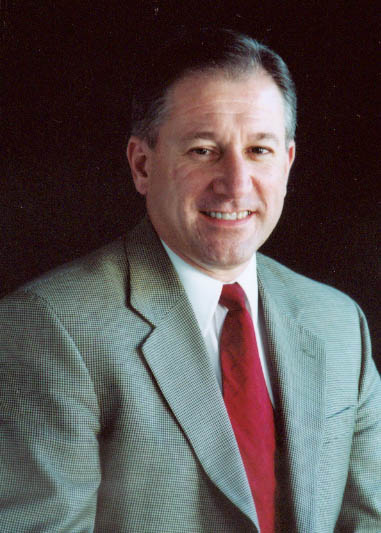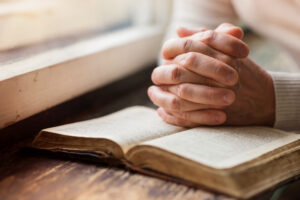
McMINNVILLE, Ore. (BP)–Friday, July 4, we celebrate the 227th birthday of our nation. Similar to the biological process that produces new life, the United States experienced a period of gestation and labor before it emerged as an independent and free country.
Years of unjust treatment at the hands of King George caused colonist leaders to conceive the idea of independence. Over time the embryo of liberty matured. Events such as the Boston Massacre and the subsequent Boston Tea Party served to cultivate the concept of independence. Labor pains began in earnest the spring of 1776.
On June 7, Richard Henry Lee addressed the Continental Congress meeting in Philadelphia, Pa. The delegate from Virginia proposed a three-part resolution that would declare the colonies independent from England, form foreign alliances, and prepare a plan of confederation. After days of debate the Congress decided to form separate committees to deal with each of the three points of Lee’s resolution.
The committee selected to create a document that would declare independence from England consisted of John Adams, representing Massachusetts, and Benjamin Franklin of Pennsylvania. Also on the committee were Robert Livingston, delegate from New York and Roger Sherman of Connecticut. It was agreed a southerner was needed to provide political balance on the committee; thus, Thomas Jefferson of Virginia was added.
Having already contributed at least one pamphlet to the Congress, Jefferson had earned the reputation of being an effective writer. Though it seemed Adams would have preferred to have been the principle author of the document declaring independence, he acquiesced to Jefferson believing his Virginia colleague to be more skilled with a pen.
Jefferson was a reluctant author. His wife’s poor health as well as his preference to work on Virginia’s new constitution provided ample opportunity for distraction. However, he secluded himself and set to the task of crafting a document that would alter the course of history not only for himself and his fellow delegates, but for the entire world. Jefferson presented his draft to the committee, which made a few minor changes. The declaration was then forwarded to the Congress for debate.
On July 2, John Henry Lee’s resolution on independence was passed by the Continental Congress. On the evening of July 4, the Declaration of Independence, which explained the reasons and purpose for “dissolving the political bands” that had connected the colonists to England, was adopted. Fifty-six men signed the document.
During the debate it is reported that John Hancock, delegate from Massachusetts, urged unanimous support of the Declaration. “There must be no pulling of different ways,” he said. “We must hang together.” To which the inimitable Benjamin Franklin was said to have deadpanned, “Yes, we must hang together, or most assuredly we shall hang separately.”
Though it would be almost seven years before freedom would be fully birthed, with the signing of the Declaration of Independence the process of labor had begun. The men who signed the Declaration well understood they were placing their names on a decisive and definitive document. As the ink was drying on the paper it was clear that their actions would result in future liberty or future death.
The closing line of the statement signed by these courageous men reads: “And for the support of this Declaration, with a firm Reliance on the Protection of Divine Providence, we mutually pledge to each other our Lives, our Fortunes, and our Sacred Honor.”
The process that led to the birth of our nation was laborious, painful, and at times quite messy. It required an uncommon courage from those who embraced the idea of liberty. May we never lose sight of our noble heritage. And may we endeavor to live up to it.
–30–
Kelly Boggs is pastor of Valley Baptist Church in McMinnville, Ore.
















